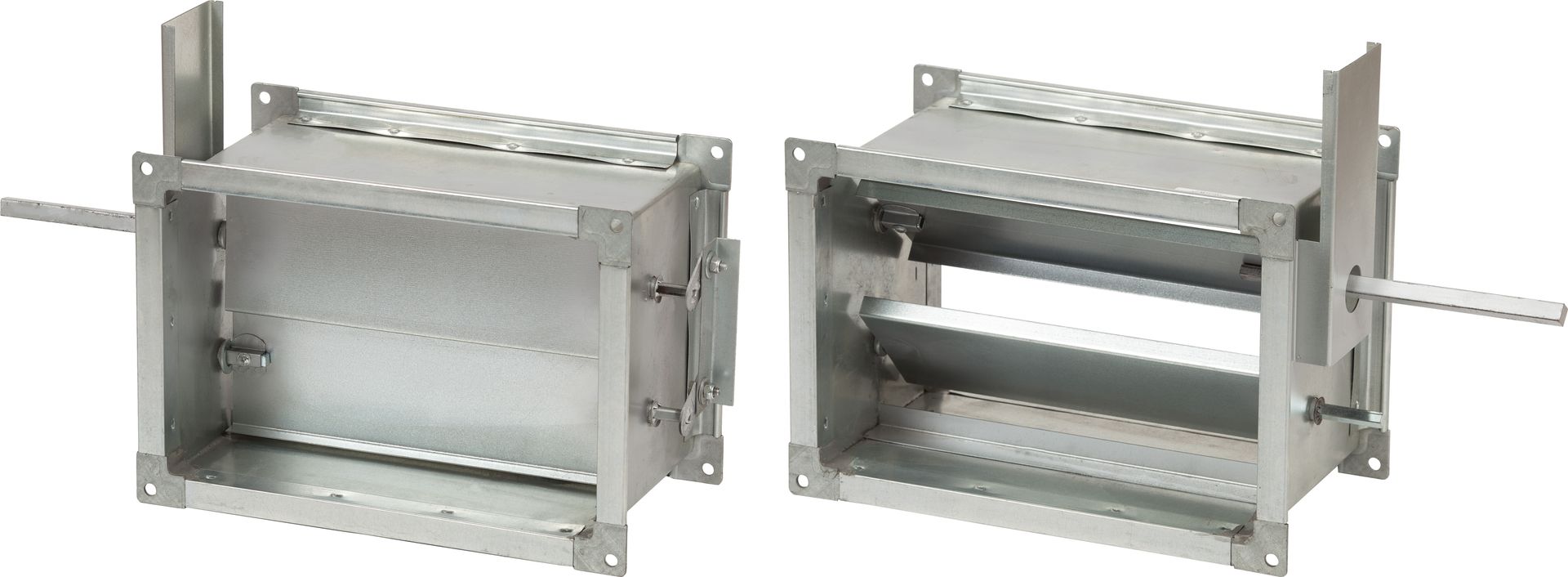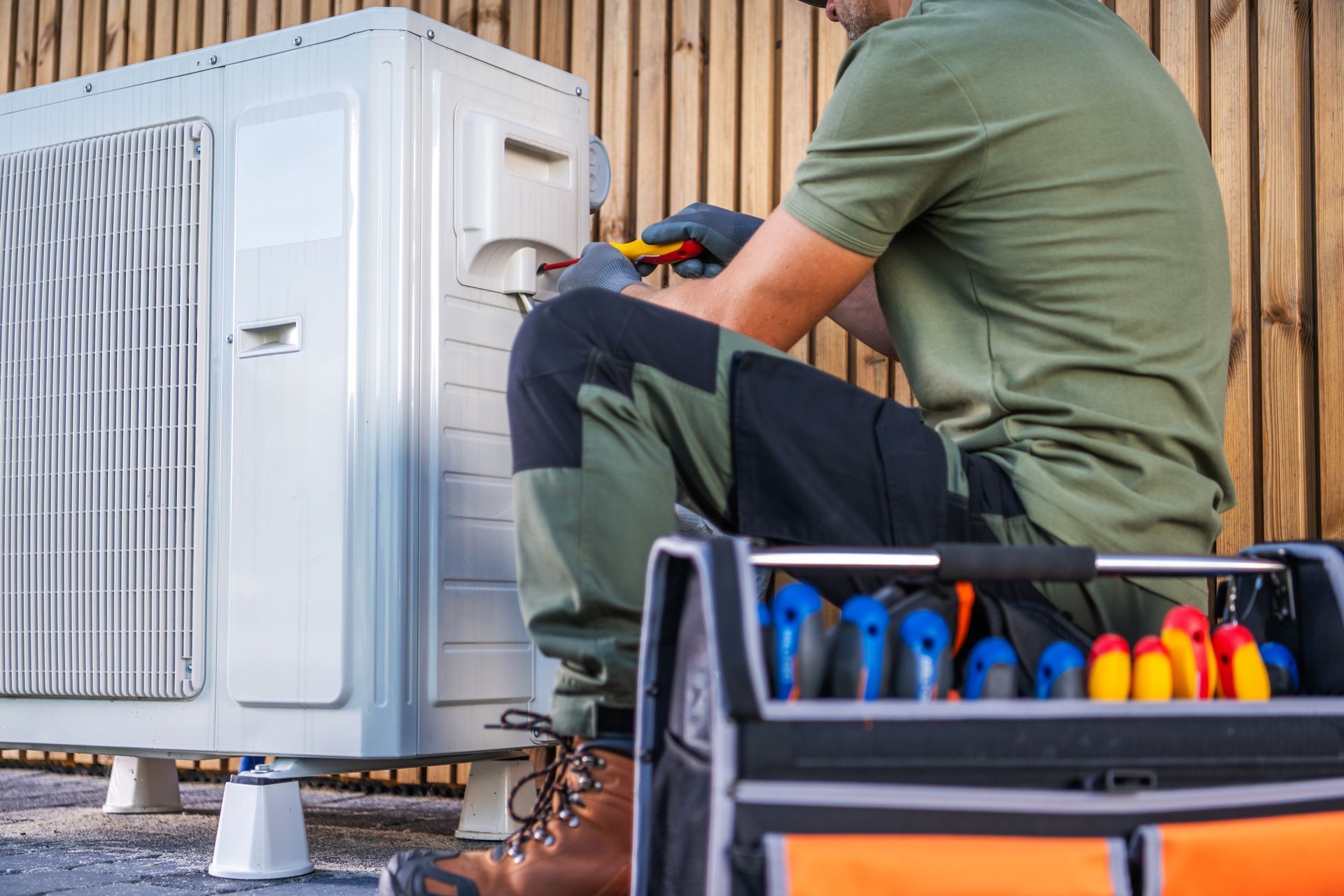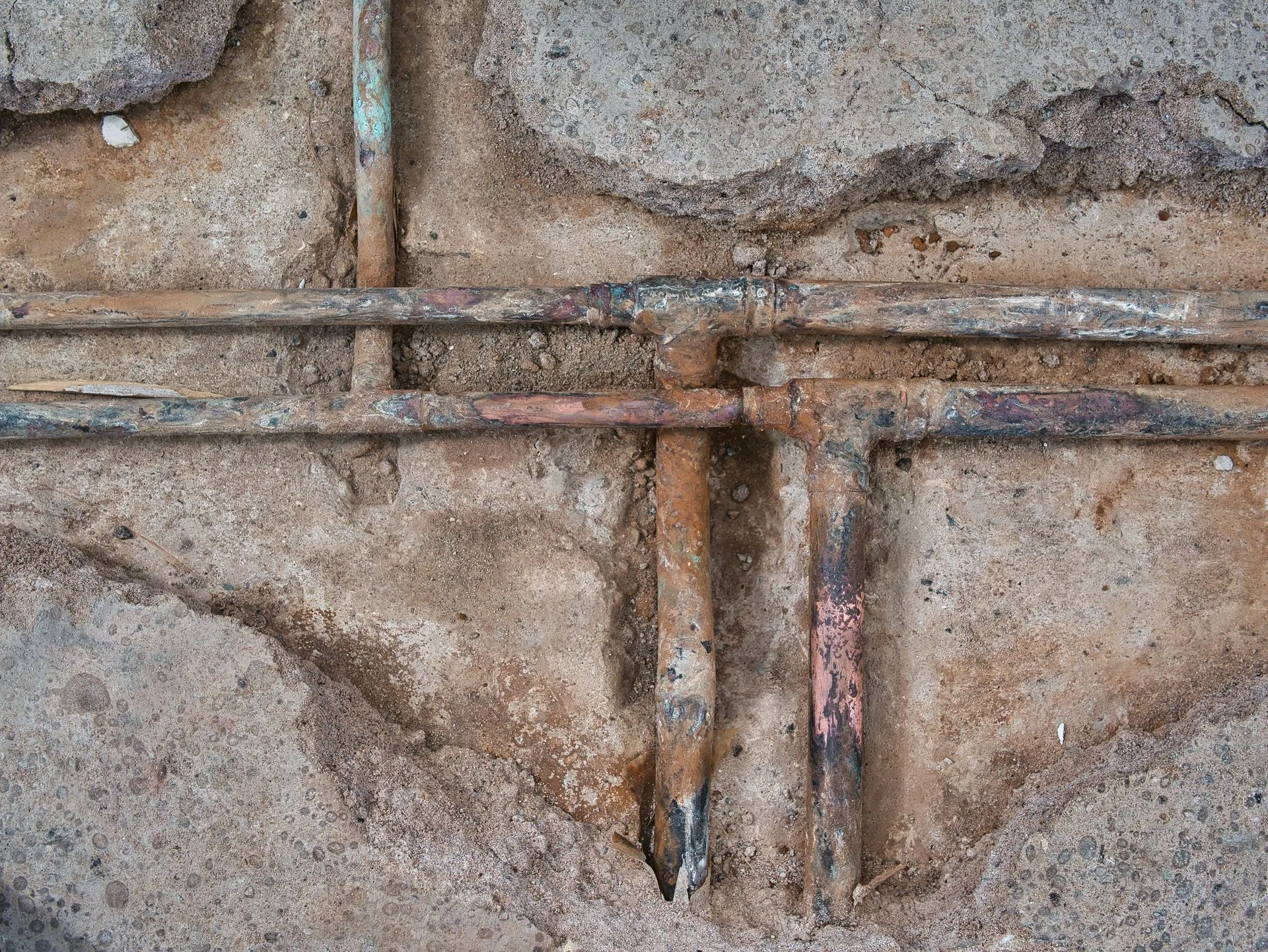Serving Residents of Tarrant County for Over 60 Years
Call the On-Time, Honest HVAC Experts | Available 24/7 for Emergency Services
What Is a Damper in an HVAC Unit?

Concentrating cooling or heating output in different rooms or zones isn’t always easy with a traditional central air system controlled by a single thermostat. That’s where HVAC dampers come into play.
An often-overlooked component, dampers play a major role in regulating airflow and making sure that your HVAC system runs efficiently.
Understanding the HVAC Damper
At its core, an HVAC damper is a valve or plate that controls the airflow within your ductwork. Dampers can be manual or automatic and are typically installed in the ducts of an HVAC system to regulate the distribution of air to different rooms or zones in a building. This means that you can control the temperature in specific areas of your home or office without affecting the entire building’s climate.
Types of HVAC Dampers
There are two primary types of HVAC dampers: manual and automatic.
- Manual Dampers: These dampers are controlled by levers or knobs and require manual adjustment to open or close. While they are more affordable, they require the homeowner to physically adjust the dampers when they want to change the airflow to certain areas.
- Automatic Dampers: These dampers work with the thermostat and HVAC system to automatically open or close based on the desired temperature settings for each zone. They are often used in conjunction with a zoning system for maximum efficiency and convenience.
How an HVAC Damper Works
When a damper is open, air flows freely through the duct to a specific zone or room. When the damper is closed, it blocks or restricts the airflow to that area. This mechanism allows you to maintain different temperatures in different rooms, making your HVAC system more efficient.
For example, if you prefer your living room to be cooler in the summer but your bedroom to stay warmer, dampers can help you achieve that balance without overworking your system or wasting energy by sending cooled or heated air to unoccupied rooms.
Zoning Systems and HVAC Dampers
An HVAC damper is essential in a zoning system, which divides your home into different temperature zones. Each zone has its own thermostat, which controls the dampers in the ductwork. When a zone’s thermostat signals that it needs more heating or cooling, the damper in that zone opens to allow air to flow through. Once the desired temperature is reached, the damper closes, keeping the air in that area at the preferred temperature.
Zoning systems are particularly useful in larger homes or buildings with multiple floors, where it’s common to have rooms that are warmer or cooler than others. Without a zoning system, your HVAC system may struggle to keep the entire building at the same temperature, often leading to inefficient energy use and discomfort in some areas.
The Importance of HVAC Dampers in Energy Efficiency
One of the key benefits of using HVAC dampers is enhanced energy efficiency. By controlling the airflow to specific areas, dampers prevent your system from heating or cooling rooms that don’t need it, saving energy and reducing utility costs.
Consider a scenario where your home has a large, unused guest room. Without dampers, your HVAC system would still attempt to pump just as much air into that space as your master bedroom. With an HVAC damper, you can close off the airflow to that room, focusing your system’s efforts on the areas of your home that need climate control.
In addition to lowering energy costs, zoning systems with dampers can prolong the life of your HVAC system by reducing the strain on it. When the system isn’t working overtime to cool or heat the entire house, it experiences less wear and tear, meaning fewer repairs and a longer lifespan for the unit.
Common Mistakes with HVAC Dampers
While HVAC dampers are incredibly useful, there are a few common mistakes homeowners make that can affect their performance.
- Improper Installation: Installing dampers in the wrong location within the ductwork can limit their effectiveness. It’s important to hire a licensed HVAC professional to ensure proper placement and installation.
- Neglecting Maintenance: Like any component in your HVAC system, dampers need regular maintenance to work properly. Dust and debris can build up over time, preventing the damper from opening or closing fully. Periodic inspections by an HVAC technician can help keep them in good working order.
- Using Dampers for Entire System Control: While dampers are great for controlling airflow in specific zones, they are not designed to replace a thermostat. Some homeowners mistakenly try to control the entire home’s temperature by adjusting dampers, which can lead to uneven temperatures and inefficiency.
Should You Have Dampers Installed in Your Home’s Ducts?
If you are interested in improving home comfort and energy efficiency by adding zoning functionality to your HVAC system, installing dampers may be an excellent investment. However, it’s necessary to have a licensed professional install and maintain the dampers to make sure they’re working correctly.
Learn More About the Benefits of HVAC Dampers for Your Arlington, TX Home
If you’re interested in learning more about HVAC dampers or upgrading your HVAC system with a zoning solution, we’re here to help.
Contact us today here on our website or give us a call at 817-277-4493.
OTHER RECENT POSTS
REQUEST YOUR SERVICE WITH TOM'S MECHANICAL, INC.
For 24/7 emergencies, call us at (817) 277-4493 today!
Our Web Form Is Not For Emergencies
WE'RE A CUT ABOVE THE REST
Over 60 Years of HVAC Solutions
You Deserve To Be Comfortable In Your Own Home
Delivering the Highest Quality of Service
Serving Arlington, Southlake, Grapevine and Keller
Available 24/7 for Emergency Services
Quick Links



